How the weather has affected the Coriander harvest in 2017
The summer of 2017 proved extremely tricky for all UK farmers and the same was the case for our English coriander.
There was a hugely demoralising period leading up to harvest with terrible weather for over a month. This is contrary to our first report about the crop back in July 2017 where signs were positive.
Weather watching
We discovered in August and September just how many weather forecasts and weather apps there are. Unfortunately for us they all told the same story with one common theme – rain! A farmer’s life is controlled by the weather and coming from a farming family in Northern Ireland we should have been used to this (and the rain) but it proved a very demoralising few weeks.
A loss in yield
When the coriander seeds are dry enough to harvest, they are so lightly attached to the plant that they can be easily knocked off by wind or rain. We suffered, as a consequence, a significant loss of yield (approx. 40%) before being able to get the combines into the field.
This is a similar issue for rape seed but the seed sits within a pod (giving it greater protection) and is sometimes sprayed with a glue by farmers to ensure that the seed is not lost.
In Sussex we heard of many farmers ploughing a crop of wheat or barley back into the soil without harvesting. The cost implications involved in drying the crop outweighed the time and money spent at harvest.
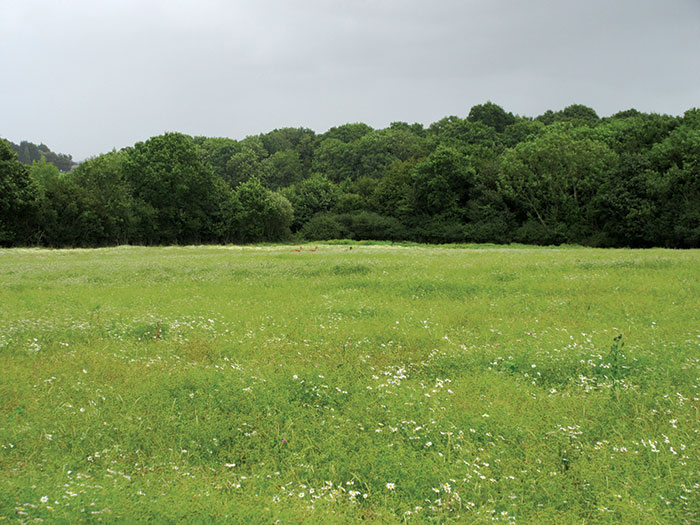
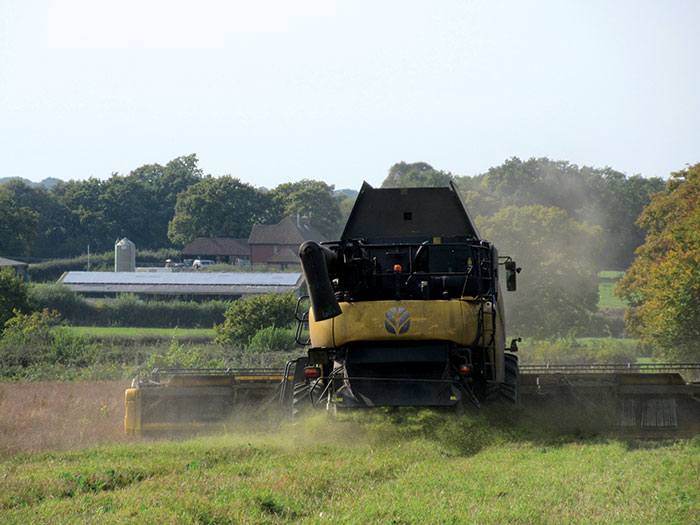
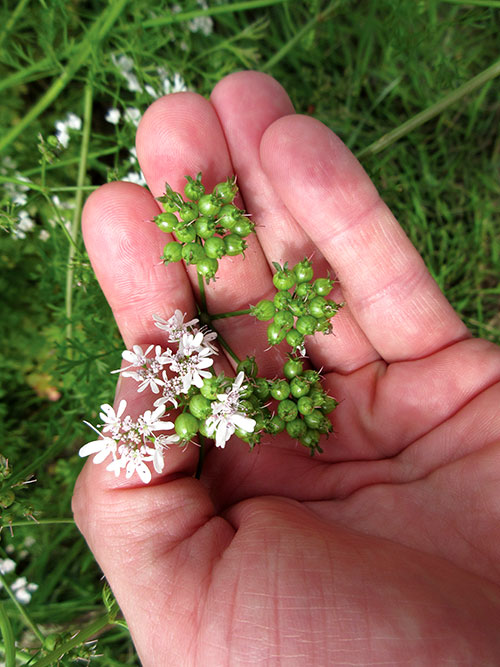
Harvest
Finally on 24th September, after a 3 day break in the rain, we were able to harvest the fields in one afternoon/ evening. The dew in September is particularly heavy meaning that the crop does not start drying until after lunchtime, restricting the timings further.
A wet crop creates significant problems for combines and we experienced a number of blockages but all four fields were harvested the same day.
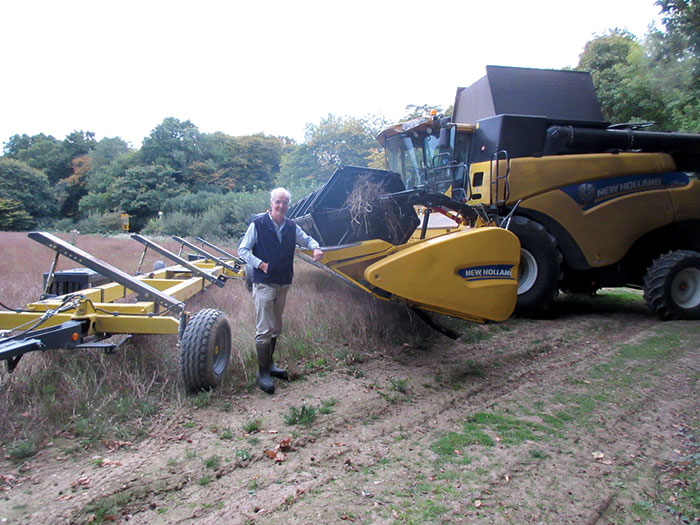
Drying and processing
We took a conscious decision to harvest with the moisture content of the seed at a higher percentage than we would have liked.
With vast tonnes of wheat still being dried by farmers the availability of drying space was limited. So, we had to lay the coriander out whilst turning it almost daily with a telescopic frontloader. Michael and Tommy were even seen with an orange shovel in their hand trying to turn the ‘old school’ way. This tests any family relationship but one we seemed to pulled through!
The moisture content of the seed needed to be brought down before cleaning could take place as wet seed cannot pass through the machines. This delayed the cleaning by a few weeks with the seed finally being cleaned at the end of November.
After the cleaning we sent the seed off to a farm in Cambridge that had luckily just sold the last of their wheat so a free barn could be used. After 9 days of drying with gentle heat the seed was sent to our Warehouse to be packaged in 25 kilo bags before being fumigated and stored ready for use.
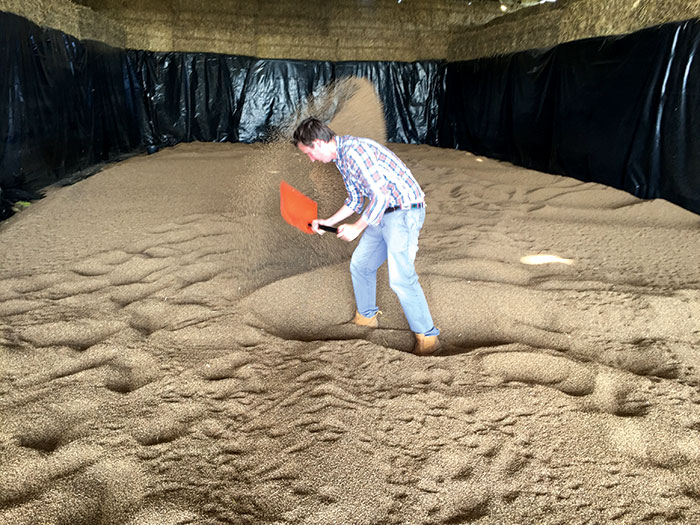
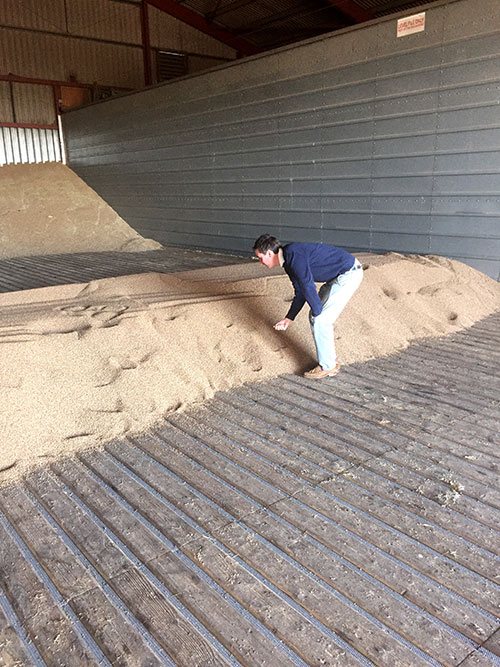
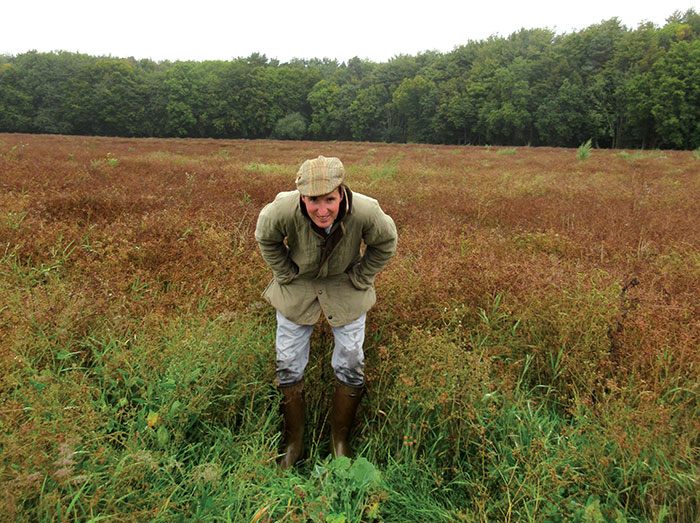
We would be delighted to hear from you if you feel you may have interest in acquiring a particular quantity (subject to sample approval) of the 2017 seed. This will allow us to plan (as much as we can) our stocks going forward.
Please contact Tommy on 01273 844264 or email tommy@beaconcommodities.co.uk